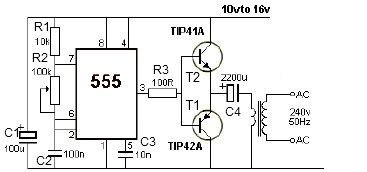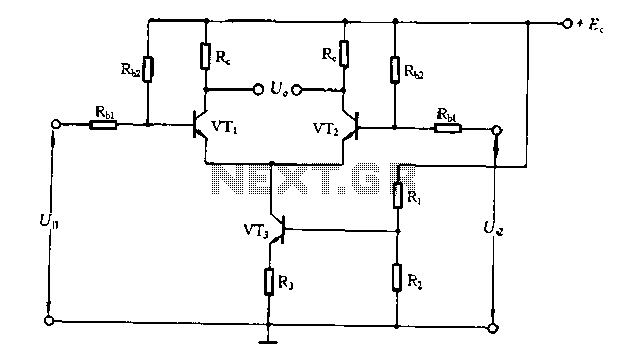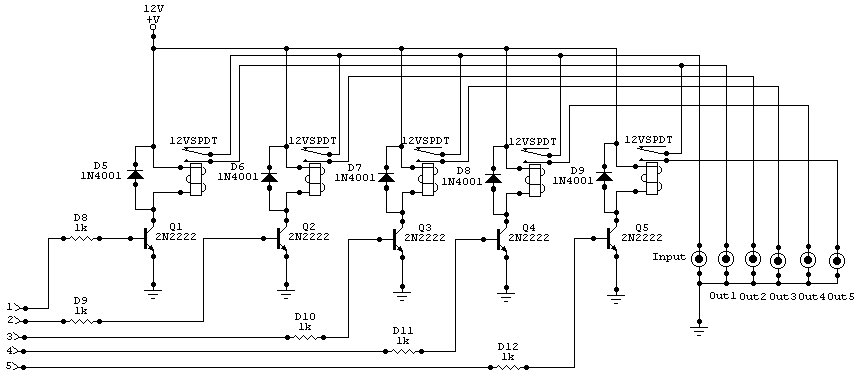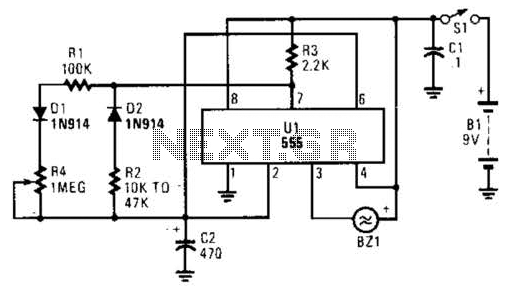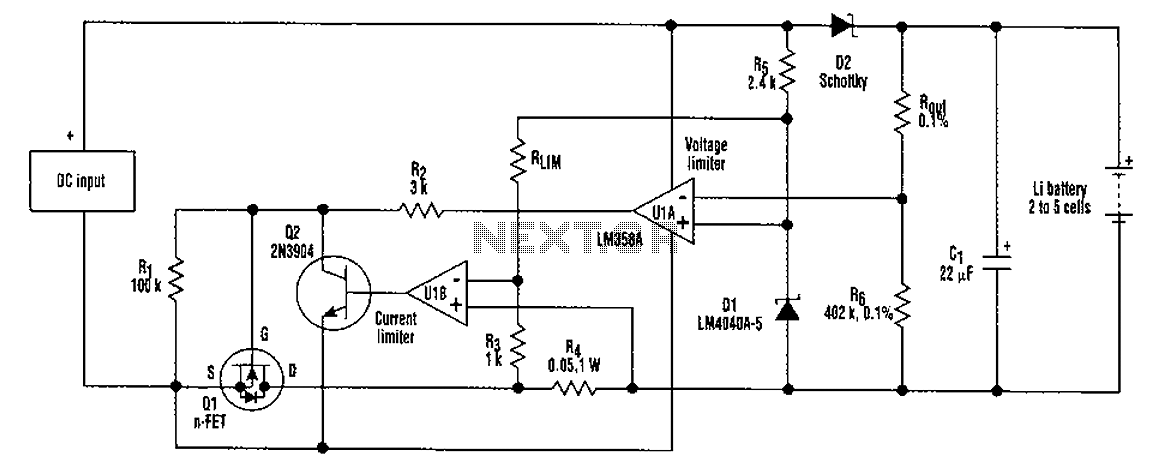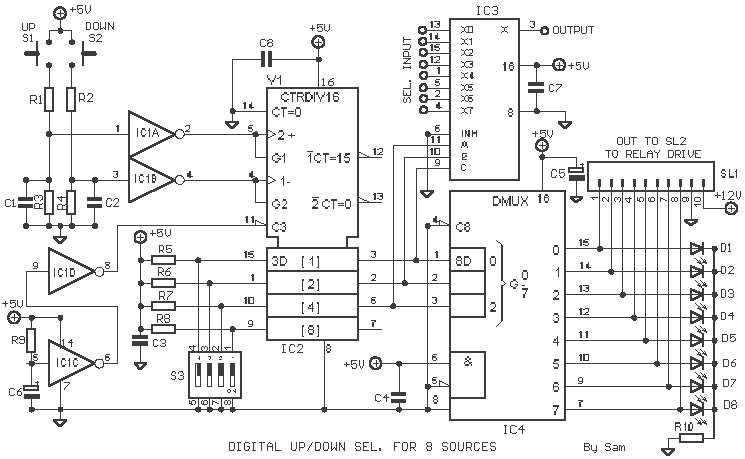
Sensitive IR Switch Circuit
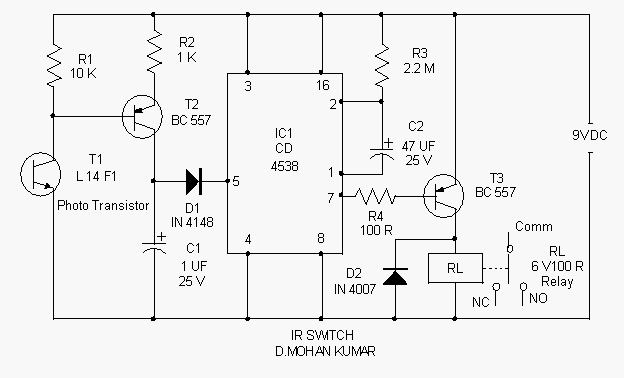
This circuit is an ultra-sensitive infrared (IR) receiver designed to control various AC devices via an IR transmitter. It utilizes a phototransistor...
The ultra-sensitive IR receiver circuit is engineered to detect infrared signals emitted from an IR transmitter, enabling the control of AC devices with precision. The core component of this circuit is a phototransistor, which responds to the IR light and converts it into an electrical signal.
The circuit typically includes a few key components: a phototransistor, a resistor, a capacitor, and a relay. The phototransistor is positioned to receive the IR signals. When the IR transmitter is activated, the phototransistor detects the incoming IR light, causing it to conduct and allowing current to flow through the circuit.
In a typical configuration, the output from the phototransistor is connected to the base of a transistor or to a microcontroller, which acts as a switch to control the relay. The relay, in turn, can be used to switch on or off the connected AC devices. A resistor is often included in the circuit to limit the current flowing through the phototransistor and protect it from damage. Additionally, a capacitor may be used to filter out noise and stabilize the signal.
The sensitivity of the circuit can be adjusted by changing the values of the components, particularly the resistor and capacitor. This allows for flexibility in applications, accommodating various distances and lighting conditions. The circuit can be powered by a standard DC power supply, ensuring compatibility with most household AC devices.
Overall, this ultra-sensitive IR receiver circuit provides a reliable solution for remote control applications, enhancing convenience in managing AC devices.Here is the circuit of an ultra sensitive IR receiver that can be used to switch on various AC devices through an IR transmitter. It uses the Photo transis.. 🔗 External reference
The ultra-sensitive IR receiver circuit is engineered to detect infrared signals emitted from an IR transmitter, enabling the control of AC devices with precision. The core component of this circuit is a phototransistor, which responds to the IR light and converts it into an electrical signal.
The circuit typically includes a few key components: a phototransistor, a resistor, a capacitor, and a relay. The phototransistor is positioned to receive the IR signals. When the IR transmitter is activated, the phototransistor detects the incoming IR light, causing it to conduct and allowing current to flow through the circuit.
In a typical configuration, the output from the phototransistor is connected to the base of a transistor or to a microcontroller, which acts as a switch to control the relay. The relay, in turn, can be used to switch on or off the connected AC devices. A resistor is often included in the circuit to limit the current flowing through the phototransistor and protect it from damage. Additionally, a capacitor may be used to filter out noise and stabilize the signal.
The sensitivity of the circuit can be adjusted by changing the values of the components, particularly the resistor and capacitor. This allows for flexibility in applications, accommodating various distances and lighting conditions. The circuit can be powered by a standard DC power supply, ensuring compatibility with most household AC devices.
Overall, this ultra-sensitive IR receiver circuit provides a reliable solution for remote control applications, enhancing convenience in managing AC devices.Here is the circuit of an ultra sensitive IR receiver that can be used to switch on various AC devices through an IR transmitter. It uses the Photo transis.. 🔗 External reference
Warning: include(partials/cookie-banner.php): Failed to open stream: Permission denied in /var/www/html/nextgr/view-circuit.php on line 713
Warning: include(): Failed opening 'partials/cookie-banner.php' for inclusion (include_path='.:/usr/share/php') in /var/www/html/nextgr/view-circuit.php on line 713
